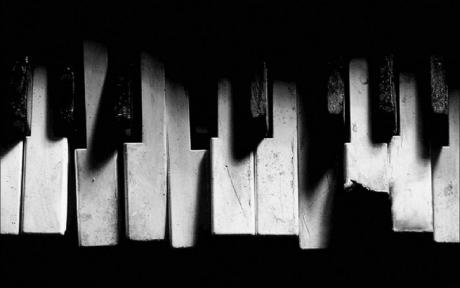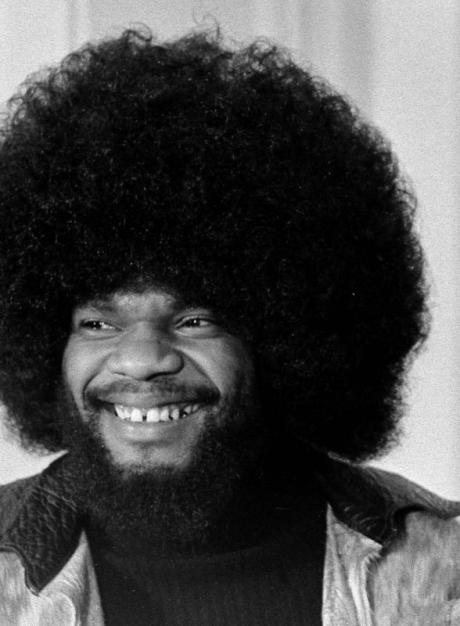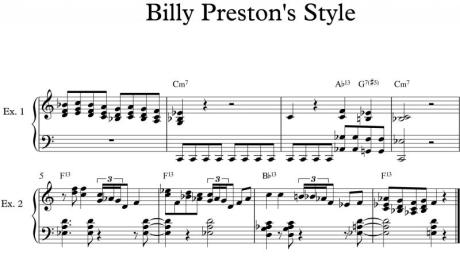Rockové klávesy - Styl hry Billa Prestona
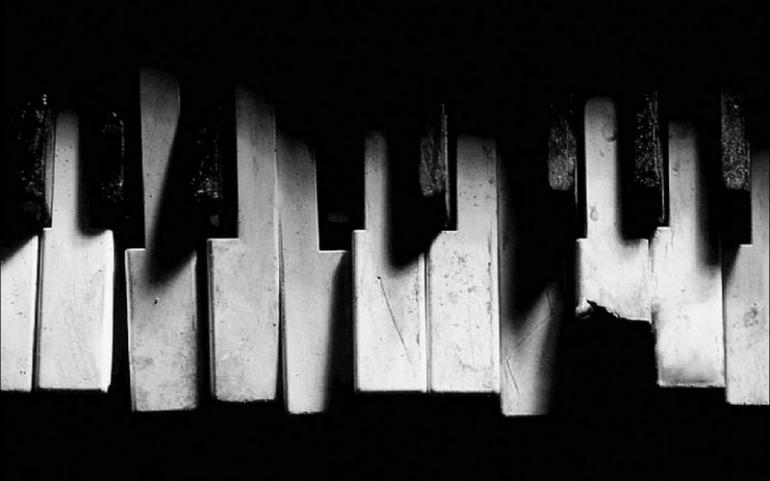
Billy Preston was an incredible keyboardist who was one of the biggest session aces in 60’s pop music, working with many notable artists like Little Richard, Sam Cooke, Ray Charles, and, most famously, the Beatles. Preston was actually the only musician credited on a Beatles recording other than the Fab Four. Even though he was entirely self-taught, Preston was considered a child prodigy and at age 11 even appeared on Nat King Cole’s Television show. Preston had a funky gospel style, heavily influenced by the African American church. His playing is replete with shouty gospel chords and bluesy riffs. For this month’s lesson I’ve come up with a few exercises to give you a little insight into the Billy Preston sound. Preston played many keyboard instruments but is especially known for his prowess on the Wurlitzer electric piano which will be the sound we use for the following examples.
The circle of life
One of the most important elements of Billy Preston’s style are triads moving up and down a mode. In bar one, Bb and C triads highlight all the notes of the C mixolydian mode (C, D, E, F, G, A, Bb, C). In bar 2, we cadence to a Cm7 voicing illustrating the flexibility of major/minor tonality in blues based forms. In Bar 2 and 3 left hand we have an eighth note ostinato influenced by Preston’s Will It Go Round in Circles. In bar 3, beats 3 and 4, roots and sevenths in the left hand support 4th shapes in the right hand to create cool dominant voicings.
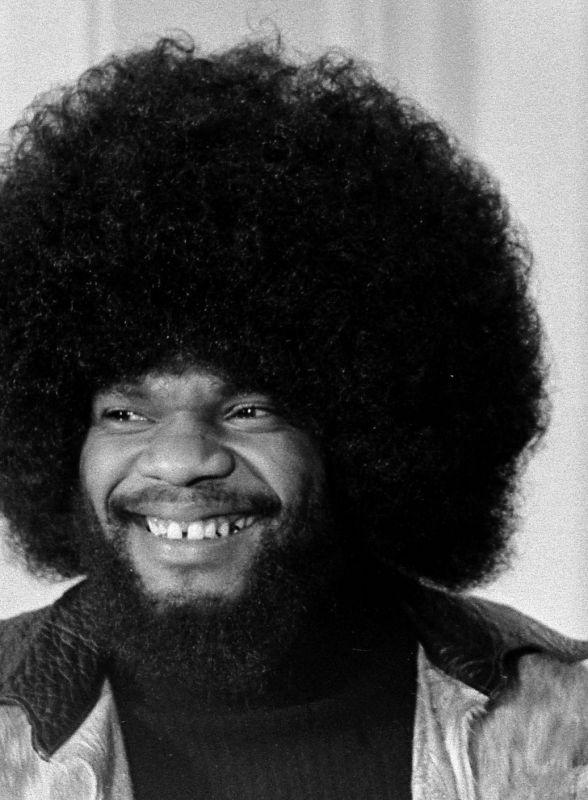
Get back jo jo
Ex. 2 is very influenced by Preston’s rousing solo on The Beatles hit, Get Back. Our left hand chords are built with 3rds, 7ths, and 13ths of the dominant chords, F13 and Bb13. The right hand lines come from the D blues scale (D, F, G, G#, A, C, D) and F Blues scale (F, Ab, Bb, B, C, Eb, F). Notice how effective it is when we combine the 2 scales. In our lines we add a few triplet fills for a New Orleans barrel house piano feel. In the last bar we combine Ab and Gm triads to outline the F Dorian mode (F, G, Ab, Bb, C, D, Eb, F) for a gospel sound over the F13th chord.

FRÁZE A HUDEBNÍ TERMÍNY
Child prodigy: Zjednodušeně řečeno mimořádně nadané (až geniální) dítě. Na tento termín narazíte nejen v oblasti hudby. Abychom mohli dítě označit za „prodigy“, nestačí pouze, aby bylo „mírně napřed“. Tento pojem je rezervovaný pro ty, kteří v útlém věku dosáhnou v určité oblasti takové úrovně, o které si může drtivá většina dospělých jen nechat zdát. Dobrým příkladem z historie hudby je W. A. Mozart. Ostinato: Hudební motiv nebo fráze, která se v určité pasáži neustále opakuje. Důležité je, že výška tónů zůstává většinou neměnná (podstatná je ale i rytmická složka). Obzvláště efektní je takový postup v případě, že se v doprovodu mění harmonie. Napřiklad Ravelovo Bolero je na ostinatu přímo postavené.
Wurlitzer Electric Piano: Spolu s modelem Fender Rhodes jedno ze dvou nejslavnějších elektrických pian. Vynálezce Harold Rhodes začal první elektrická piana vyrábět již ve 40. letech (údajně jako terapeutický nástroj pro veterány zraněné ve válce), ale věhlasný Fender Rhodes se na trhu objevil až v roce 1959, takže jej Wurlitzer se začátkem výroby v roce 1954 vlastně předběhl. Technicky si jsou tyto nástroje relativně podobné a největším rozdílem je každopádně zvuk, ale ten lze slovy popsat jen těžko.
Barrelhouse piano: Tento styl hry lze popsat jako blues zrychlené pro potřeby tance. Někteří tento pojem zaměňují s termínem „boogie-woogie“, ale ten se z barrelhouse spíše vyvinul. Barrelhouses byly dřevěné domky, v kterých se Američané černé pleti scházeli za účelem tanečních zábav, k čemuž byla právě potřeba rychlejší hudba, než jakou mohlo nabídnout blues. V dobách otroctví byla navíc u otroků zakázána hra na bicí nástroje, zatímco piano bylo někdy tolerováno. V důsledku toho se mnozí černí hudebníci naučili kompenzovat absenci bubnů rytmičtějším pojetím hry na klavír - a styl barrelhouse byl na světě.
